New York Our Time Review (4/5)
New Wave filmmaker Vivienne Dick’s latest film and first feature-length documentary New York Our Time has been on a short tour around the UK following being awarded Best Documentary at the Dublin Film Festival. It’s a look at how New York has changed since the late 70s. through the eyes of the artists and musicians living there.
I watched New York Our Time in Newcastle’s Tyneside Cinema’s tiny little gallery room. Being about four metres away from the screen contributed to the intimate feel of the documentary, much of which is filmed within people’s own homes. It’s Dick’s first feature-length documentary and compares New York during two distinct periods: the late 70s/80s and now.
Interspersed with her own Super8 video footage from living in the city four decades ago, New York Our Time shows Dick revisiting the city in 2018, interviewing friends she made during her stint in the city about their lives and thoughts of the transitions the places have undergone. A few benefit from rent-controlled apartments, which makes living in such an unaffordable city somewhat affordable. However, a central theme of the film is the impact of gentrification, which has swept through Manhattan as it transformed from somewhere completely bankrupt to an intensely capitalist city. Viewers hear of the $250 apartments sold off from abandoned, bankrupt buildings, in stark contrast to prices today.
Many of the artists and musicians featured in the film lament the effects of gentrification, capitalism and the ripple effect this has had on artists living and working there. Music is intrinsic to the documentary, having hugely shaped Dick’s experience of the city. The nightclub CBGB, which opened shortly before she arrived in the city, is a talking point for lots of the interviewees, and the power of meeting other creatives and experiencing the city through music is clear throughout the film. The curation of New York Our Time relies on connections between the people featured, both with each other, Dick and their connections to the places, particularly the Lower East side.
Electronic music artist Martin Wheeler created a vibrant soundtrack that blasts over the abrupt, yellow-filtered transitions that segment the film’s narrative. This stylistic choice compliments the juxtaposition of ‘now’ and ‘then’ and the drastic changes undergone in the city and observed by Dick as she revisits New York, a place clearly holding a lot of personal and creative significance to her. It feels rather like a montage of memories and reflections.
You can watch it online on IFI@Home, and the trailer here, and I’d highly recommend it, especially if you have an interest in the social development of space and place over time. Not only stylistically beautiful, New York Our Time is a stunning rumination on how our connections with people are facilitated by places we frequent.


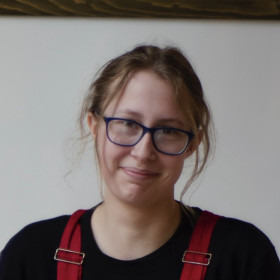
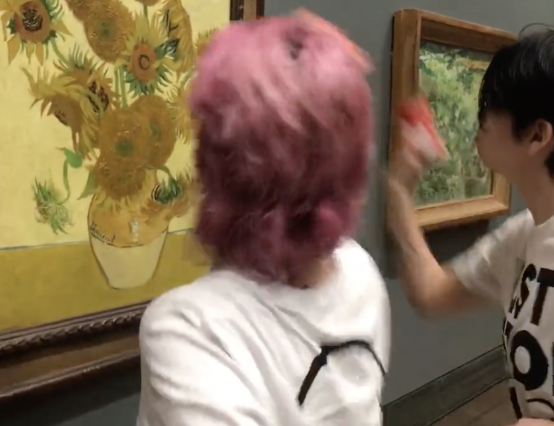
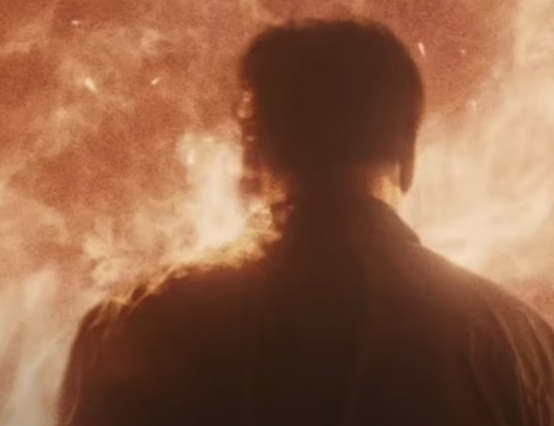
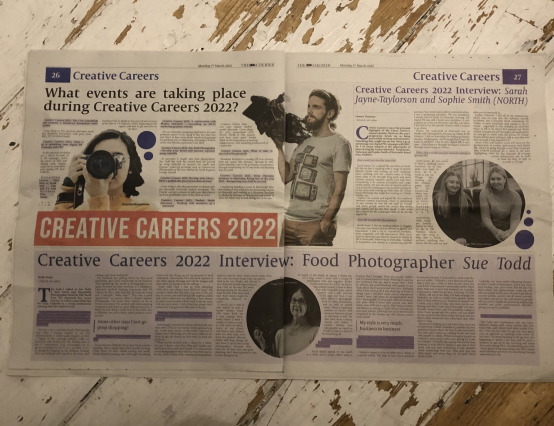
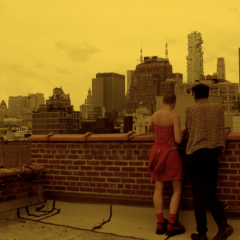

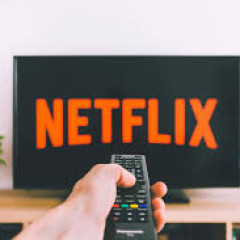
0 Comments